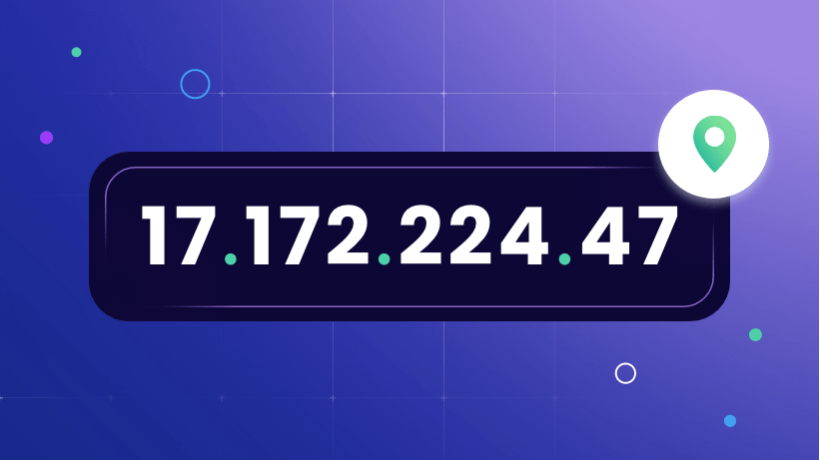Understanding IP Addresses
 Gift Ayodele
Gift AyodeleTable of contents

Introduction to IP Addresses
An IP address (Internet Protocol address) is a unique identifier assigned to each device connected to a network. It serves as the address for a device on the internet or a local network, enabling communication between devices. Just as your home has a physical address that lets others find you, an IP address allows data to find its way to the correct destination on the internet.
The Role of IP Addresses
Identifying Devices
Every device connected to a network—whether it's a computer, smartphone, printer, or smart home device—has a unique IP address. This uniqueness ensures that data sent over the internet reaches the intended recipient.Facilitating Communication
IP addresses are essential for devices to communicate with each other. When you send an email or browse a website, your device uses its IP address to identify itself and locate other devices.Routing Traffic
Routers use IP addresses to direct internet traffic. They analyze the destination IP address of data packets and determine the best path for them to travel, ensuring efficient and accurate data transmission.
Types of IP Addresses
IPv4 Addresses
The most common type, IPv4 addresses, consist of four sets of numbers separated by periods (e.g., 192.168.1.1). Each set can range from 0 to 255, allowing for about 4.3 billion unique addresses. However, with the growing number of devices, IPv4 addresses are becoming scarce.IPv6 Addresses
To accommodate more devices, IPv6 was introduced, featuring a longer format with eight groups of hexadecimal numbers separated by colons (e.g., 2001:0db8:85a3:0000:0000:8a2e:0370:7334). IPv6 provides a practically limitless number of unique addresses, solving the shortage problem of IPv4.Public vs. Private IP Addresses
Public IP Addresses: Assigned to devices directly connected to the internet, these addresses are visible to everyone on the web. They are usually assigned by an Internet Service Provider (ISP).
Private IP Addresses: Used within local networks (like your home or office), these addresses are not visible on the internet. They allow multiple devices to communicate within the same network while sharing a single public IP address.
Dynamic vs. Static IP Addresses
Dynamic IP Addresses: These are assigned temporarily by a DHCP (Dynamic Host Configuration Protocol) server. They can change each time a device connects to the network.
Static IP Addresses: These remain constant and are manually assigned to a device. They are often used for servers that need a permanent address for reliable communication.
How IP Addresses Work
When you connect to the internet, your ISP assigns your device a public IP address. Whenever you send a request, like visiting a website, your device sends data packets that include your IP address. The server hosting the website receives your request, looks up your IP address, and sends the requested information back to you.
Conclusion
In summary, IP addresses are fundamental to the functioning of the internet, acting as unique identifiers for devices and facilitating communication between them. Understanding how IP addresses work, their types, and their importance can enhance your appreciation for the technology that connects us all.
Subscribe to my newsletter
Read articles from Gift Ayodele directly inside your inbox. Subscribe to the newsletter, and don't miss out.
Written by
